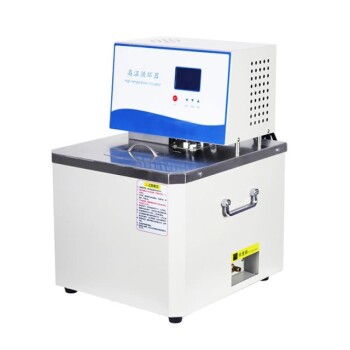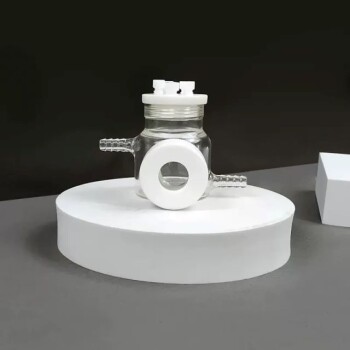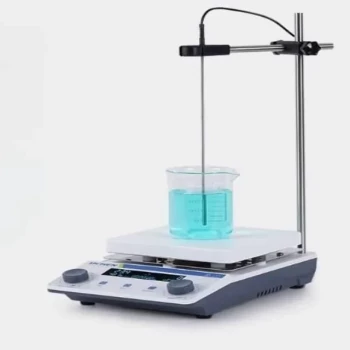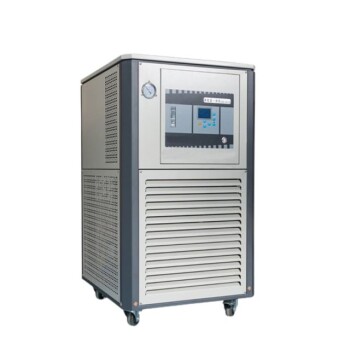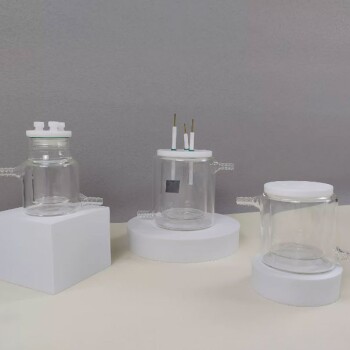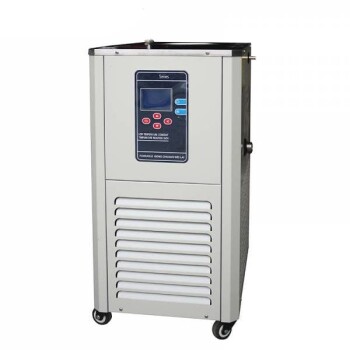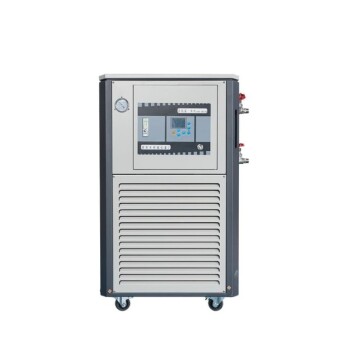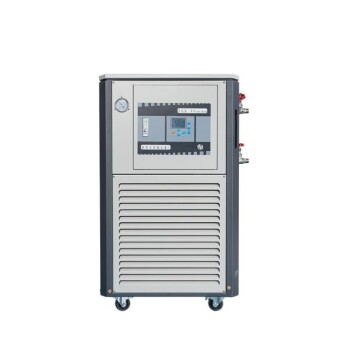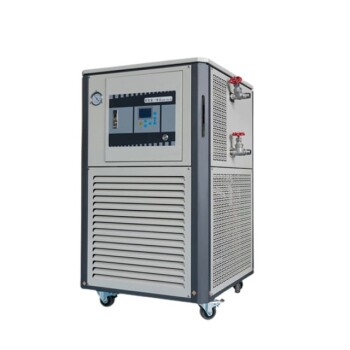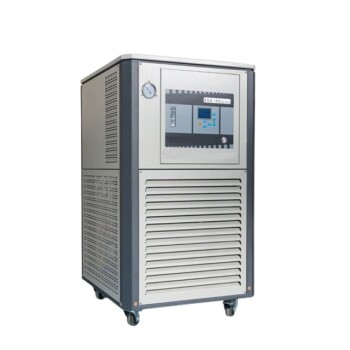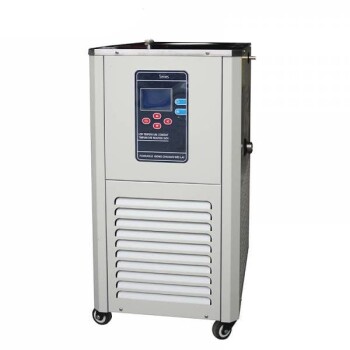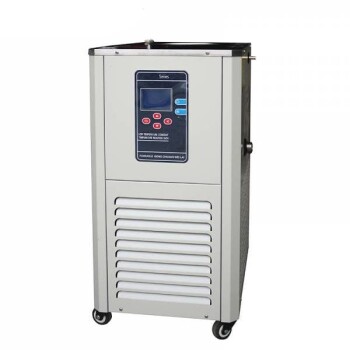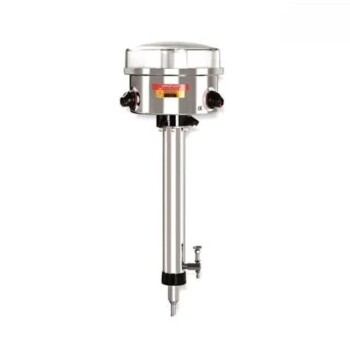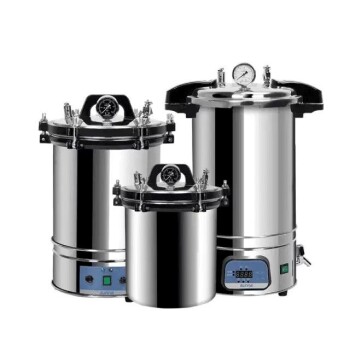Introduction to Constant Temperature Water Bath
Features and Applications
The constant temperature water bath is an indispensable tool in various scientific fields, renowned for its ability to provide precise heating. This device is characterized by its high stability, ensuring that the temperature remains consistent throughout the experiment. Moreover, it boasts a short thermal equilibrium time, meaning it quickly reaches and maintains the desired temperature, thereby minimizing experimental delays.
In terms of temperature uniformity, the constant temperature water bath excels, distributing heat evenly across the bath, which is crucial for experiments requiring homogeneous thermal conditions. This uniformity is particularly beneficial in fields such as biochemistry, where even a slight temperature variation can affect the outcome of experiments.
| Feature | Description |
|---|---|
| High Stability | Ensures consistent temperature throughout the experiment. |
| Short Thermal Equilibrium Time | Quickly reaches and maintains the desired temperature. |
| Good Temperature Uniformity | Distributes heat evenly, crucial for homogeneous thermal conditions. |
The applications of a constant temperature water bath are vast and varied. It is commonly used in laboratories for tasks such as incubating biological samples, conducting enzyme reactions, and performing thermal cycling in PCR experiments. Its precision and reliability make it an essential piece of equipment in both academic and industrial research settings.
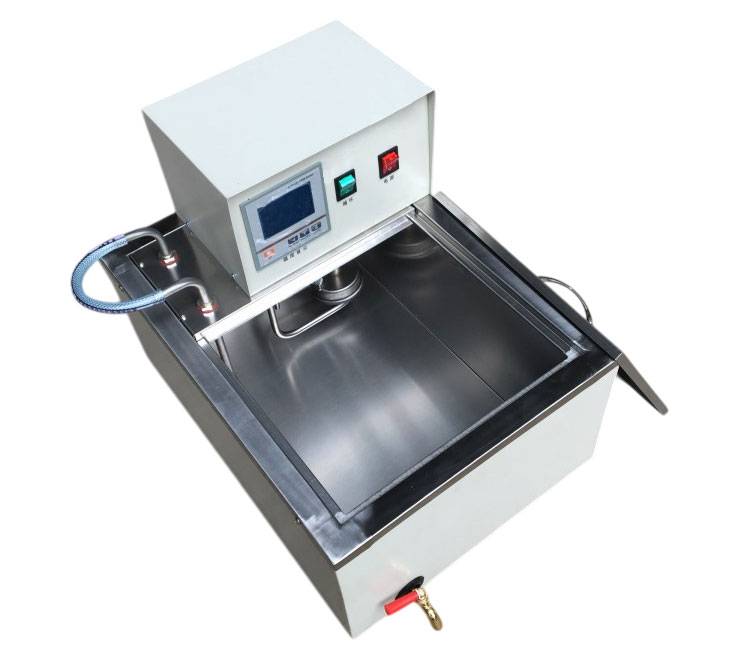
Usage Instructions
Initial Setup and Powering On
To expedite the heating process, begin by filling the water bath circulator with warm water. This pre-heated water significantly reduces the time required for the bath to reach the desired temperature.
Next, locate the power switch on the device. Flip the switch to the "On" position to initiate the power supply. Once powered on, use the temperature controller to input your desired temperature setting. This controller is typically a digital interface that allows for precise adjustments, ensuring that the water bath can be set to the exact temperature required for your experiment.
For those unfamiliar with the device, it's important to note that the temperature controller is intuitive and user-friendly. Simply navigate through the options using the provided buttons or dials, and confirm your selection to start the heating process. The device will then automatically manage the temperature, maintaining it at the level you've set.
By following these steps, you ensure that your constant temperature water bath is ready for use in a timely manner, allowing for efficient and accurate scientific experimentation.
Temperature Control and Monitoring
To ensure precise temperature control, begin by adjusting the temperature controller to your desired setting. This device is equipped with a heating indicator light that illuminates when the electric heating element is actively working to reach the specified temperature.
Once the desired temperature is achieved, the thermostat takes over, automatically regulating the temperature to maintain consistency. This automated process is crucial for maintaining the integrity of your experiments, as it minimizes fluctuations and ensures that the water bath remains at the optimal temperature for your specific application.
For advanced users, consider using the two-step setting method mentioned in the operational tips section to reduce temperature overshoot and achieve rapid thermal stability. This method can be particularly beneficial when working with lower temperature settings, as it helps in swiftly stabilizing the environment within the water bath.
Maintenance Guidelines
Water Tank Management
Proper management of the water tank is crucial for the efficient operation of a constant temperature water bath. Begin by filling the water tank with clean tap water, ensuring that the water is free from contaminants that could affect the bath's performance. After filling, carefully place the container within the tank, making sure it is securely positioned to avoid any spillage or imbalance.
Maintaining an adequate water level is essential to prevent the heater from operating without sufficient water, which can lead to overheating and potential damage to the unit. Regularly check the water level and top it up as necessary to ensure continuous and safe operation. Additionally, avoid using the heater without water, as this can result in severe damage to the heating elements and compromise the longevity of the device.
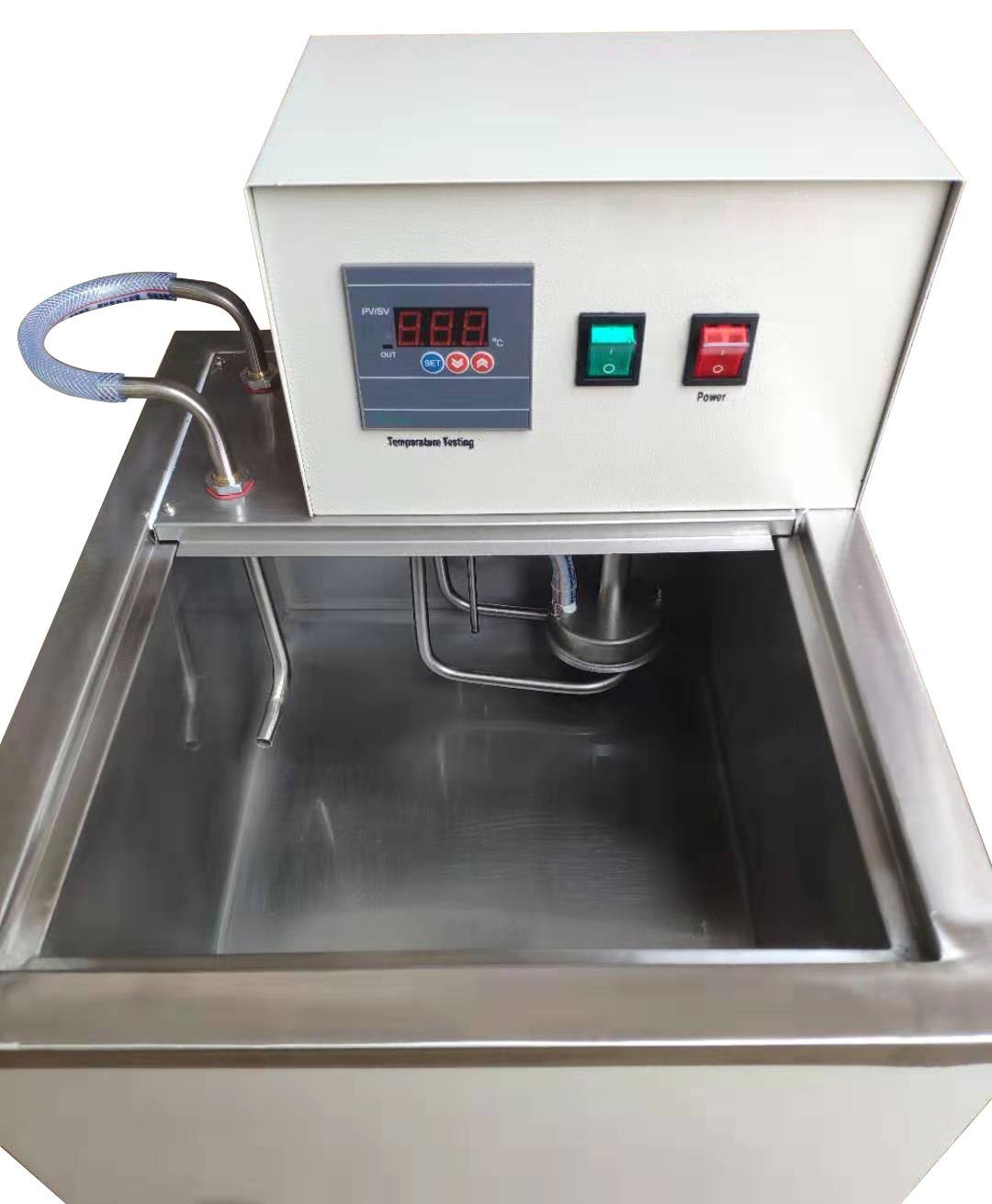
To summarize, the key steps in water tank management include:
- Filling the Tank: Use clean tap water to fill the tank.
- Placing the Container: Securely position the container within the tank.
- Maintaining Water Level: Regularly check and maintain the water level.
- Heater Usage: Ensure the heater is never used without water.
By following these guidelines, you can ensure the optimal functioning and longevity of your constant temperature water bath.
Post-Use Cleaning
After completing your experiments, it's crucial to ensure that your constant temperature water bath is properly cleaned and maintained. Begin by turning off the power to the device to prevent any accidental operation during the cleaning process. Next, carefully empty the water tank to remove any residual water. This step is essential, especially if the device will remain unused for an extended period, as standing water can lead to bacterial growth or mineral deposits.
For cleaning, use a soft, lint-free cloth to gently wipe down the interior and exterior surfaces of the water bath. Avoid using abrasive materials or harsh chemicals, as these can damage the device's components. Pay special attention to the heater and temperature sensor areas, ensuring they are free from any debris or residue that could affect future performance.
If the water bath will not be used for a prolonged period, it is advisable to dry it thoroughly. Allow the interior to air dry completely, or use a clean, dry cloth to absorb any remaining moisture. This precaution helps prevent rust and ensures that the device is ready for immediate use when needed. Proper post-use cleaning not only extends the lifespan of your constant temperature water bath but also maintains its accuracy and reliability in future experiments.
Operational Tips
Water Tank Placement and Power Requirements
When positioning the water tank, it is crucial to place it on a stable platform to ensure optimal performance and safety. A stable foundation prevents vibrations and movement, which can disrupt the temperature control and potentially damage the equipment.
Ensuring the power supply matches the device requirements is equally important. The constant temperature water bath typically requires a specific voltage and current to function correctly. Using a power source that does not meet these specifications can lead to inefficient operation or even damage the unit.
For added safety, always use a three-hole safety socket with proper grounding. This setup provides a secure electrical connection and protects against potential electrical hazards. Proper grounding is essential to prevent electrical shocks and to safeguard both the user and the equipment.
In summary, correct placement of the water tank and adherence to power requirements are fundamental steps in setting up a constant temperature water bath. These precautions ensure not only the longevity of the equipment but also the safety of the user.
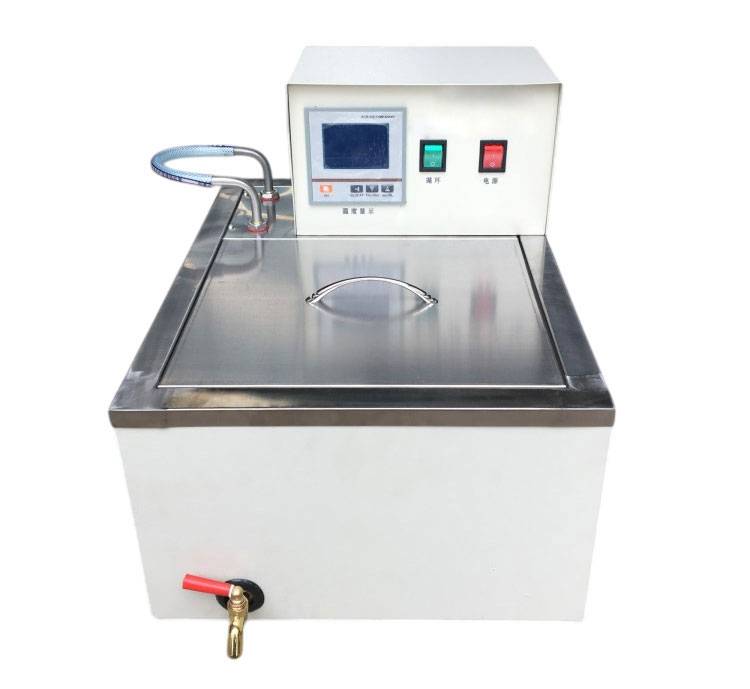
Temperature Setting and Stability
To set the desired temperature, press the temperature button on the control panel. This initiates the process of adjusting the water bath to the specified temperature. Once you have set the desired temperature, use the set button to confirm your selection and to monitor the actual temperature within the sink. This dual-action mechanism ensures that you can both adjust and verify the temperature settings with precision.
Once the set temperature is achieved, the device automatically transitions into an automatic thermostat control state. In this mode, the constant temperature water bath maintains the desired temperature with high stability, ensuring that the conditions remain optimal for your scientific experiments. This automatic control minimizes temperature fluctuations, providing a consistent environment for your samples.
For users seeking to reduce temperature overshoot, a two-step setting method is recommended, especially for lower temperature settings. This method involves setting a preliminary temperature slightly above the desired level, allowing the system to stabilize, and then fine-tuning to the exact temperature. This approach helps in achieving quicker temperature stabilization and reduces the risk of overshooting the target temperature.
Temperature Overshoot Reduction
To minimize temperature overshoot and achieve rapid stabilization, employ a two-step setting method. This technique involves initially setting the temperature slightly higher than the desired level and then adjusting it to the exact target temperature once the water bath begins to stabilize. This approach effectively mitigates the tendency for the temperature to exceed the set point, ensuring more precise control and quicker thermal equilibrium.
By following this method, the water bath's internal mechanisms have a chance to react and stabilize before reaching the final temperature, thereby reducing the likelihood of overshoot. This two-step process is particularly beneficial when working with lower temperature settings, where overshoot can be more pronounced and detrimental to experimental accuracy.
Related Products
- High Temperature Constant Temperature Heating Circulator Water Bath Chiller Circulator for Reaction Bath
- Optical Water Bath Electrolytic Electrochemical Cell
- Laboratory Small Constant Temperature Heated Magnetic Stirrer Heater and Stirrer
- 20L Heating Chilling Circulator Cooling Water Bath Circulator for High and Low Temperature Constant Temperature Reaction
- Double-Layer Water Bath Electrolytic Electrochemical Cell
Related Articles
- Electric Heating Systems(3): Understanding, Benefits, and Applications
- Comprehensive Guide to Thermostatic Water Baths
- Basic Constant Temperature Heating Equipment in Laboratories
- Preparation and Finishing Work for Using a Low-Temperature Thermostatic Reaction Bath
- Vacuum Induction Furnace Fault Inspection: Essential Procedures and Solutions

